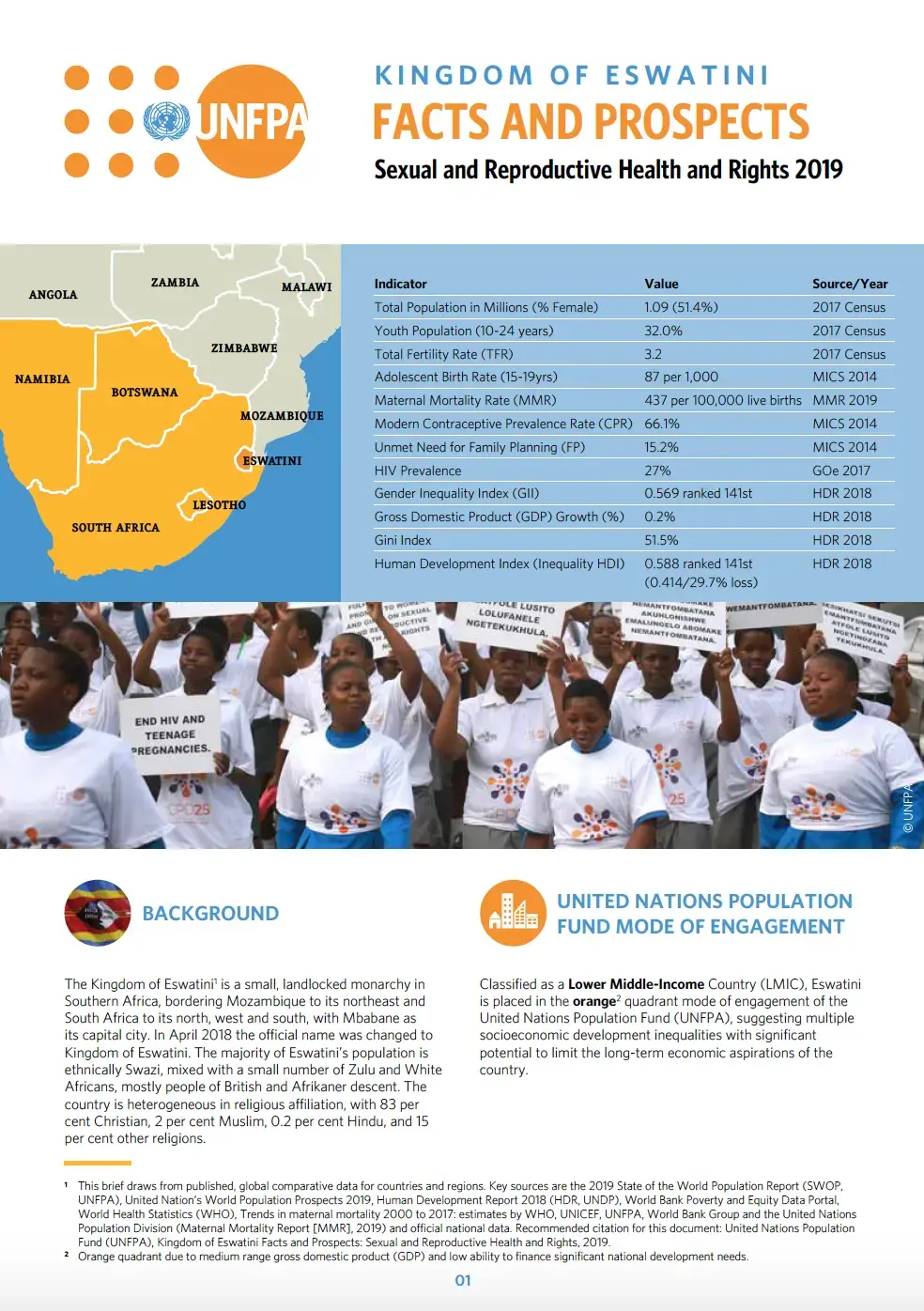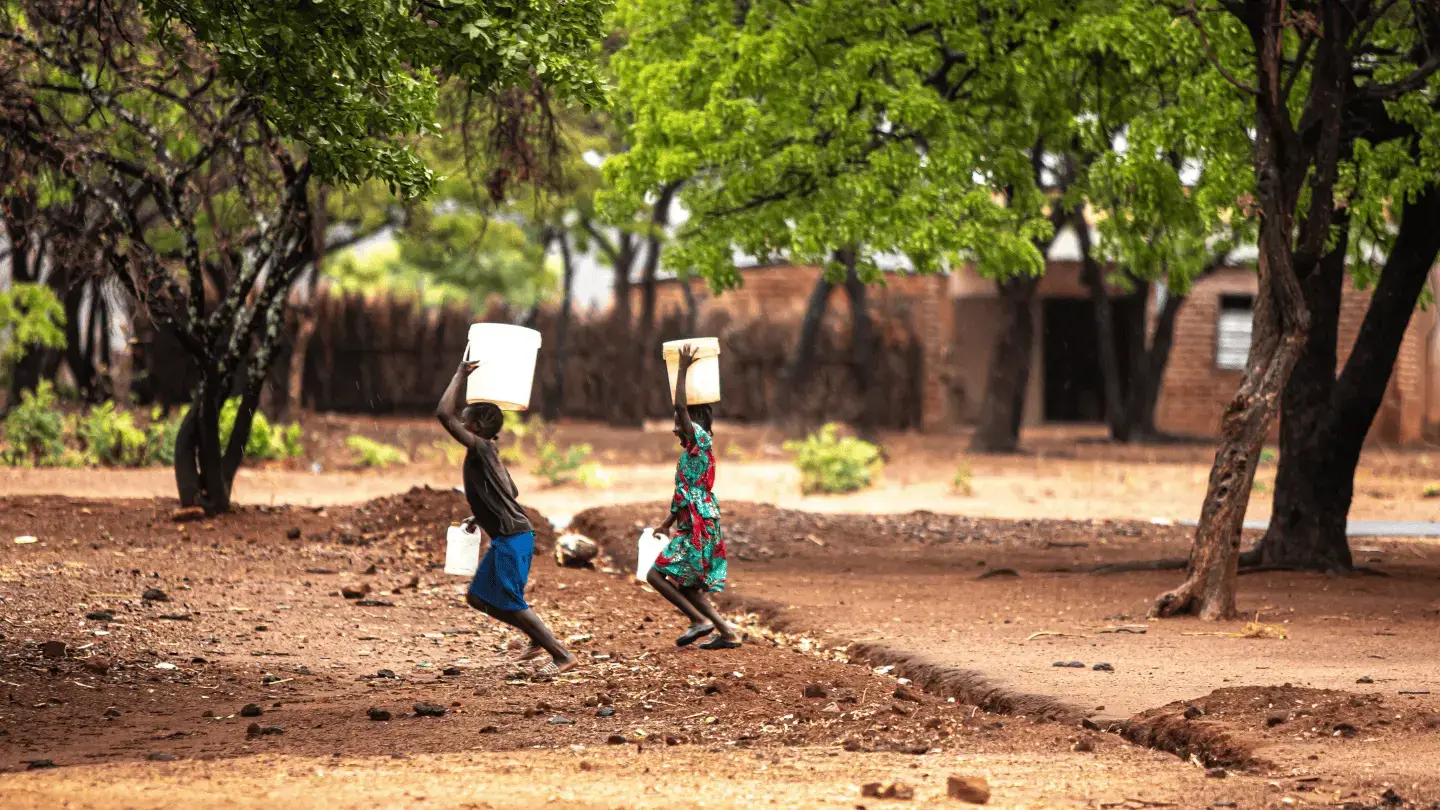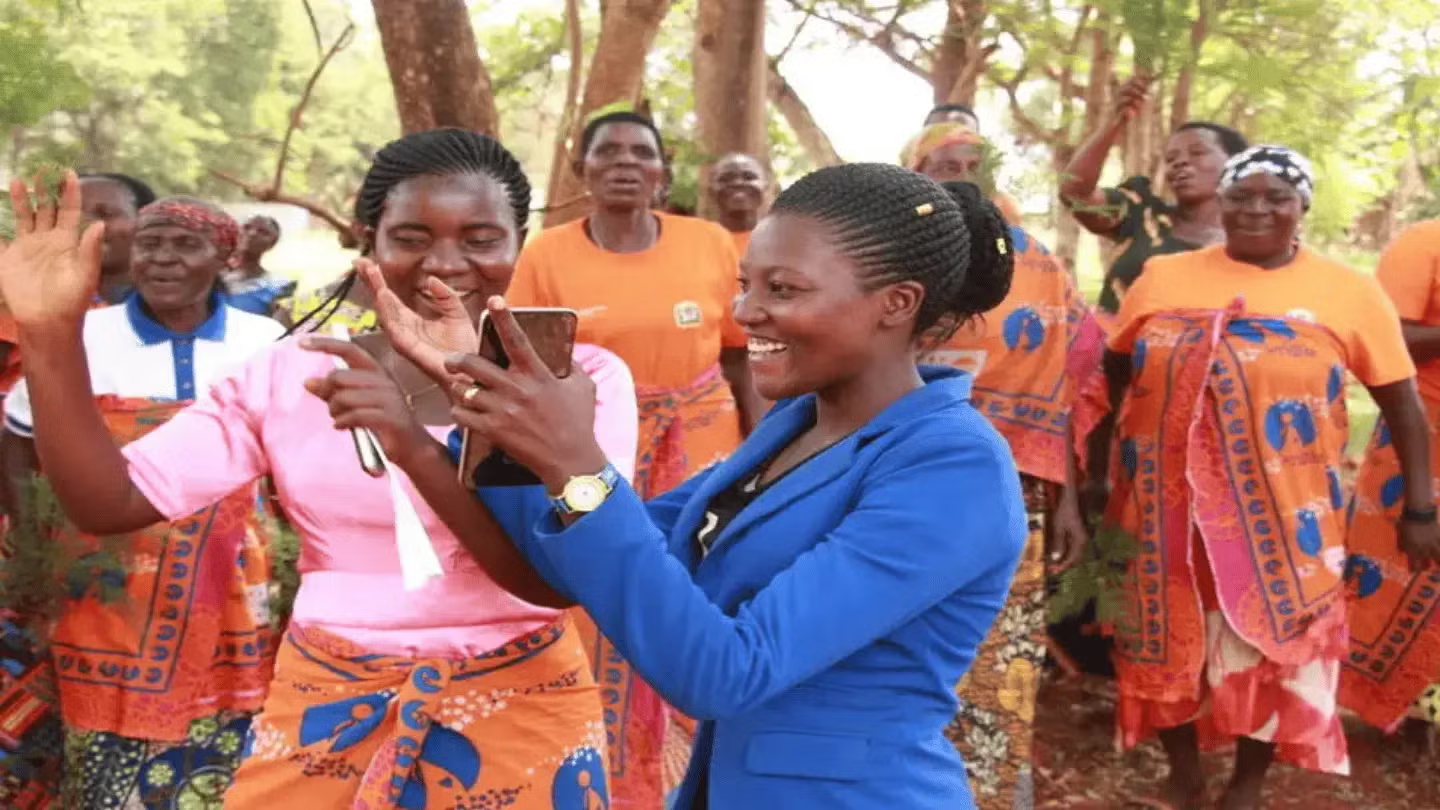Southern African Middle Income Countries’ Profiles Series
Trends of selected population and sexual and reproductive health indicators in Southern African middle income countries
The world’s middle-income countries (MICs) are a diverse group by size, population and income levels. Lower-middle-income countries (LMICs) with a gross national income (GNI) per capita ranging from $1,026 to $3,995 and upper-middle-income countries (UMICs) with a GNI per capita ranging from $3,996 to $12,375 at 2019 levels, often demonstrate the complexity of co-existing wealth, economic prospects and development inequalities.
The African continent has eight UMICs and one high-income country (HIC) – Seychelles. Southern Africa is home to half of the UMICs on the continent.
This series presents a trend analysis of selected indicators related to the International Conference on Population and Development (ICPD) Programme of Action among Southern African UMICs, including a comparison with selected UMICs and HICs from other parts of the world, with a view to identifying opportunities for improvement.
In 2018, Swaziland was changed to Kingdom of Eswatini. The majority of Eswatini’s population is ethnically Swazi, mixed with a small number of Zulu and White Africans, mostly people of British and Afrikaner descent. Classified as a Lower Middle-Income Country, Eswatini is placed in the orange quadrant mode of engagement of the United Nations Population Fund (UNFPA), suggesting multiple socioeconomic development inequalities with significant potential to limit the long-term economic aspirations of the country.





